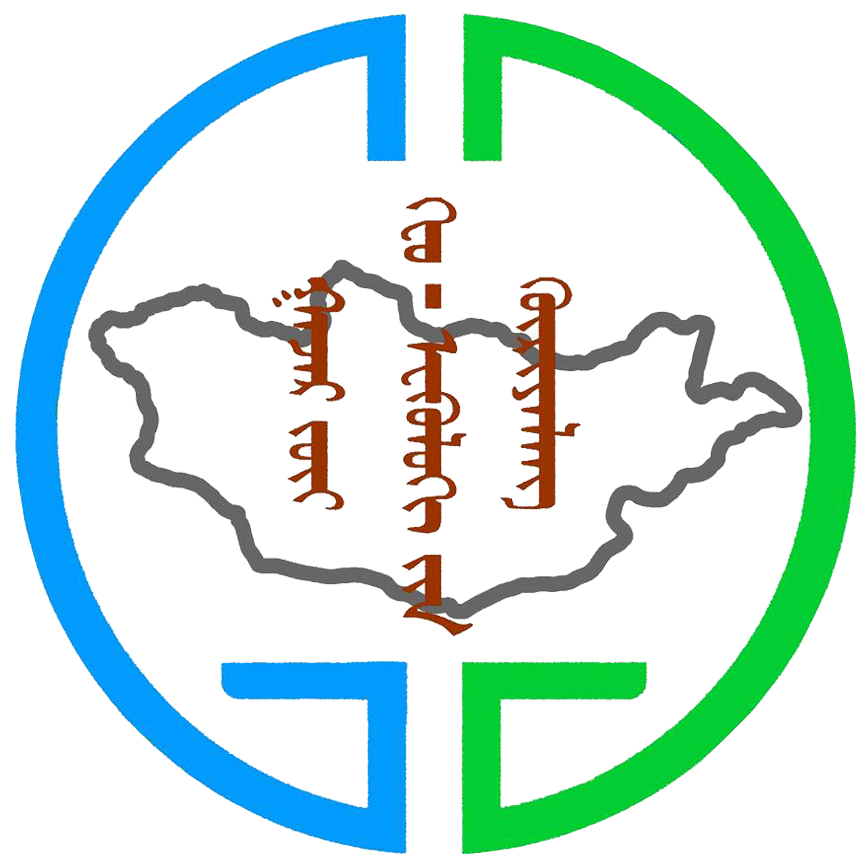The main purpose of this study is to clarify the long-term changes in vegetation and the relationship between NDVI and climate parameters in three different areas of the permafrost zones of Mongolia. We selected a total of 135 study sites in Munkhkhairkhan, Ulaanbaatar, and Bayanzurkh in the permafrost zones and conducted field measurements of CO2 in 2022. In this study a total of 19 satellite images were used, with an interval of two years between 2010 and 2022. Landsat-5 TM, Landsat-8, 9 (OLI/TIRS), and Sentinel-2A MSI satellite data were acquired with the cloud cover range of 0-10% during the peak growing season in June, July, and August. There were significant positive correlations between total precipitation and NDVI in the summer season for Munkhkhairkhan (R = 0.48 in total area, R = 0.43 in peat sites), Ulaanbaatar (R = 0.30 in total area, R = 0.26 in peat sites), and Bayanzurkh (R = 0.50 in total area, R = 0.39 in peat sites), compared to the spring season. Despite the estimated negativity for Munkhkhairkhan, the correlation between mean annual air and NDVI was positive for Ulaanbaatar and Bayanzurkh. In addition, the NDVI fluctuation patterns, particularly for the total area and the peat sites, corresponded to precipitation in the summer season. As shown in the results, there were significant positive correlations between NDVI and total precipitation for all study areas. The impact on climate of the effects of temperature and precipitation at the same time and in the same time also varied strongly between biomes and months.
